Subscribe for Access
How Lucky Orange measured their integrations against product-specific metrics, and then scored them as "good", "fair", or "poor" for each metric.

July 21, 2022
The dance between the partnerships team and the product team is a delicate one. As a partnerships leader, it can be difficult to prove the impact of your tech ecosystem early on; yet, investing resources and budget towards building the right integrations directly impacts your product team’s key performance indicators (KPIs) — like net promoter score (NPS), customer health, and retention. Alternatively, if you ask your product and dev team to build integrations that don’t perform well, you could negatively impact your product team’s goals and the relationships you’ve worked hard to establish.
In our tech ecosystem maturity diagnostic, we asked partnership professionals if they had dedicated product and dev resources for integrations. The majority (30%) said that their developers are willing to do occasional work on integrations. Only a quarter of partnership professionals said the product team typically consults the partnerships team before making select roadmap choices.

Data collected from our Tech Ecosystem Maturity Diagnostic
Misalignment between the partnerships and product team is a problem that worsens over time. But when partnerships and product work together, they can learn more about their customers and build the most attractive product, features, and integrations.

Molly Staats, Director of Strategic Partnerships at Lucky Orange, says there’s a natural inclination for the product team to prioritize product and feature development. However, your tech ecosystem can provide valuable insights for informing your product strategy (think: personalizing your customers’ in-app experience and investing in product features that align with your most popular integrations).
“Of course, they’d like to work on the sexier things, like the cool product enhancements, the UX work, the things that create that every day delight,” says Staats.
The website optimization software company has observed that 75% of its customers have used at least one native Lucky Orange integration.
“That [75%] number speaks for itself as to why integrations should be a priority within our development cycles,” says Staats.
In June 2022, Staats presented this data and additional metrics showing the impact of Lucky Orange’s integrations with her product team during their monthly leadership meeting (More on this in a bit!).
As a result of the meeting:
- Lucky Orange now has plans to hire a developer with a primary focus on building and maintaining integrations
- Its developer team will focus on integrations during each of its six-week development cycles, starting in the back half of 2022. This work includes building new integrations and maintaining existing integrations.
We asked Staats exactly how she influenced the prioritization of integrations within the product roadmap so you can replicate her process and get buy-in for growing your tech ecosystem at scale.
Only Bring the Most Compelling Data to Your Leadership Meeting (No Slides)
Staats joins her go-to-market (GTM) teams (product, marketing, client services) and Chief Operating Officer (COO) in a leadership meeting each month. During the meeting, they discuss their progress towards their respective business goals and how each business unit can support the others.
For the June 2022 meeting, Staats collected data on the following metrics:
- Customer upgrades and expansions
- Integration customer lifetime value (LTV)
- Integration customer average revenue per user (ARPU)
- Integration customer Churn
- Integration customer conversion rate (signups to paid plans)
- Partner-sourced revenue
- Partner-influenced revenue
While your first instinct might be to use Google Slides and to create visuals for presenting your data in nifty ways, Staats says keeping it simple is better. Staats created a Google Sheet showing how each integration scores against the above metrics. She then gave the integration a score of “Good”, “Fair”, or “Poor” for each metric.

In the example below, the integration with hypothetical tech partner Imaaga has a “Good” score for its impact on paid customer growth, ARPU, and partner-influenced revenue but a “Poor” score for its integration functionality. This data can signal that by investing in the integration’s functionality, you’ll further improve the “Good” metrics.

For example:
- If a marketing automation integration had a high impact on Paid Customer Growth, then the integration would receive a score of “Good” for the Paid Customer Growth metric.
- If a project management software integration has a 1% conversion rate, it would receive a score of “Poor”.
For an integration that has predominantly “Good” scores, Staats makes the case to invest in expanding the integration or developing similar integrations. If an integration has “Good” scores for most metrics but poor integration functionality, Staats can get buy-in for expanding the integration’s use cases or fixing its bugs.
When replicating this process for your tech ecosystem, determine what “Good”, “Fair”, and “Poor” looks like by creating benchmark numbers for each metric. For example, an integration with a “Good” annual revenue per user (ARPU) score may contribute to a 5-10% boost in ARPU, while an integration with a “Poor” ARPU score could have a 0% boost (or no impact).
Rather than relying on a gut feeling or anecdotal success, use the data to validate your integration’s success or reveal areas of improvement. The simple and visual organization of the data Staats implemented enables her to get to the point quickly and confidently.
“Any time you can supplement a ‘gut feeling’ with actual data (or show that your [initial] feeling was wrong), it can help you make decisions that will have a positive impact on the bottom line,” says Staats.
As a result of the meeting, Lucky Orange’s development team will focus on integrations in each of its six-week development cycles. For each cycle, they can prioritize:
- Developing a new integration
- Fixing bugs for existing integrations
- Expanding integration functionality and use cases
“We had to have the conversation of where does it make sense to spend the business’s time and money,” says Staats. “Based on these numbers, it makes sense to spend our time [on integrations] for the long term.”
To decide which integrations they will prioritize during each upcoming development cycle, Staats and the product team evaluate the following criteria:
- The tech partner’s year-over-year (YOY) growth
- The tech partner’s current market share (if relevant)
- Ideal customer profile (ICP) alignment
- The number of overlapping customers in Crossbeam
- The types of overlapping customers in Crossbeam (for example: strategic accounts)
- Direct customer feedback and requests from Lucky Orange’s customers
“I [need to] continue to hold up my end of the bargain of validating those integrations. I’m not coming to the table with, ‘I had one conversation, let’s build an integration,’” says Staats. “There has to be that trust internally that I’m doing my due diligence when I come to the table with an integration [request].”
A few considerations to keep in mind:
Understand the business goals of each team in the room. Your product team will be interested in learning how your tech ecosystem impacts metrics like feature adoption, product usage, and retention. Your customer success team will be interested in metrics like customer health and churn. Additionally, tying your tech ecosystem’s impact to revenue will help you get the attention of a number of stakeholders on the leadership team who can influence buy-in throughout your organization.
“Reframe the conversation in the context of, ‘These are the dollars and cents we have against these potential integrations,’” says Staats.
Keep your collateral simple. Staats suggests using a simple Google Sheet with the most important metrics broken down into “Good”, “Fair”, and “Poor” scores. However, if your team is more of a visual learner, consider arranging the data in a different way. For example: You could create a line graph showing an increase in ARPU over time as integration adoption increases.
You might not be able to track every metric right away. Pick one of your top-performing integrations, and present data on that integration to influence alignment between your integration and product roadmap to start. As your tech ecosystem grows, track the success of more of your integrations, integrations in different categories, and your tech ecosystem as a whole. Your customers use your product and integrations in different ways, so know that you’ll need to segment your results according to different customer types as your customer base grows.
To determine your integrations’ partner-sourced and partner-influenced revenue, start by:
- Tracking early wins by manually tracking partner attribution in a Google Sheet
- Tracking form fills routed to your sales reps directly from app marketplaces. If there was not an existing opportunity prior, tag it as “partner-sourced”. If there was an existing opportunity, tag it as “partner-influenced”.
- Checking analytics from your partner’s app marketplaces, like how Salesforce provides insight on “visitors” for your listing.
- Getting support from your Partner Ops counterpart or RevOps team to create a new account record type called “Partner Account” in your customer relationship management (CRM) system like Salesforce.
- Creating a custom object in Salesforce called a “Partner Relationship Object” (PRO), which provides a link between the partner accounts and the sales opportunities managed by your sales reps. The PRO will sit alongside each opportunity, rather than on the opportunity itself. With this method, you can have an unlimited number of partners tagged for a single opportunity.
Want to learn more about how your partnership peers are building, launching, and driving adoption for their integrations? Check out our Partner Playbook below.
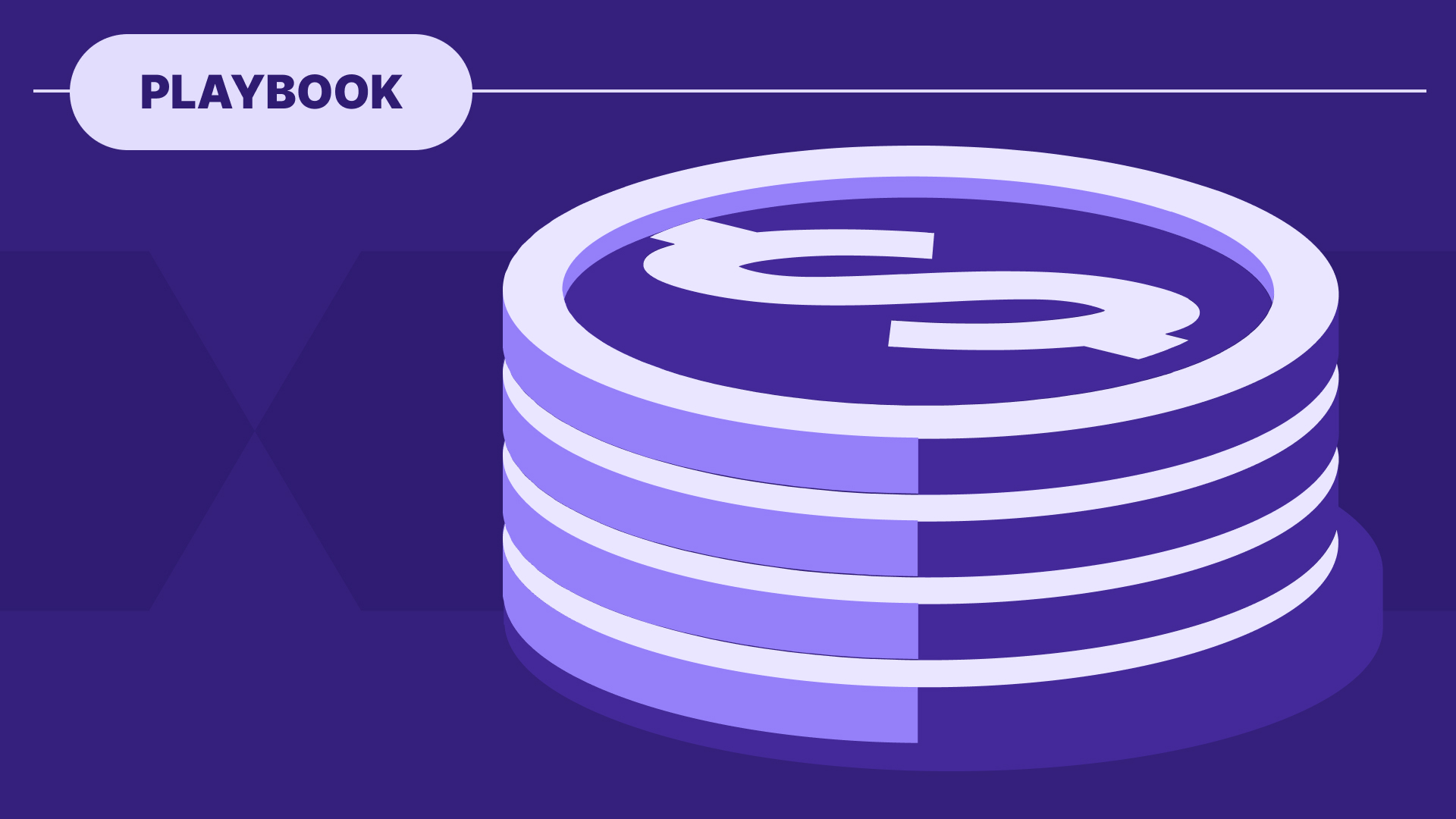





%20(1).jpg)
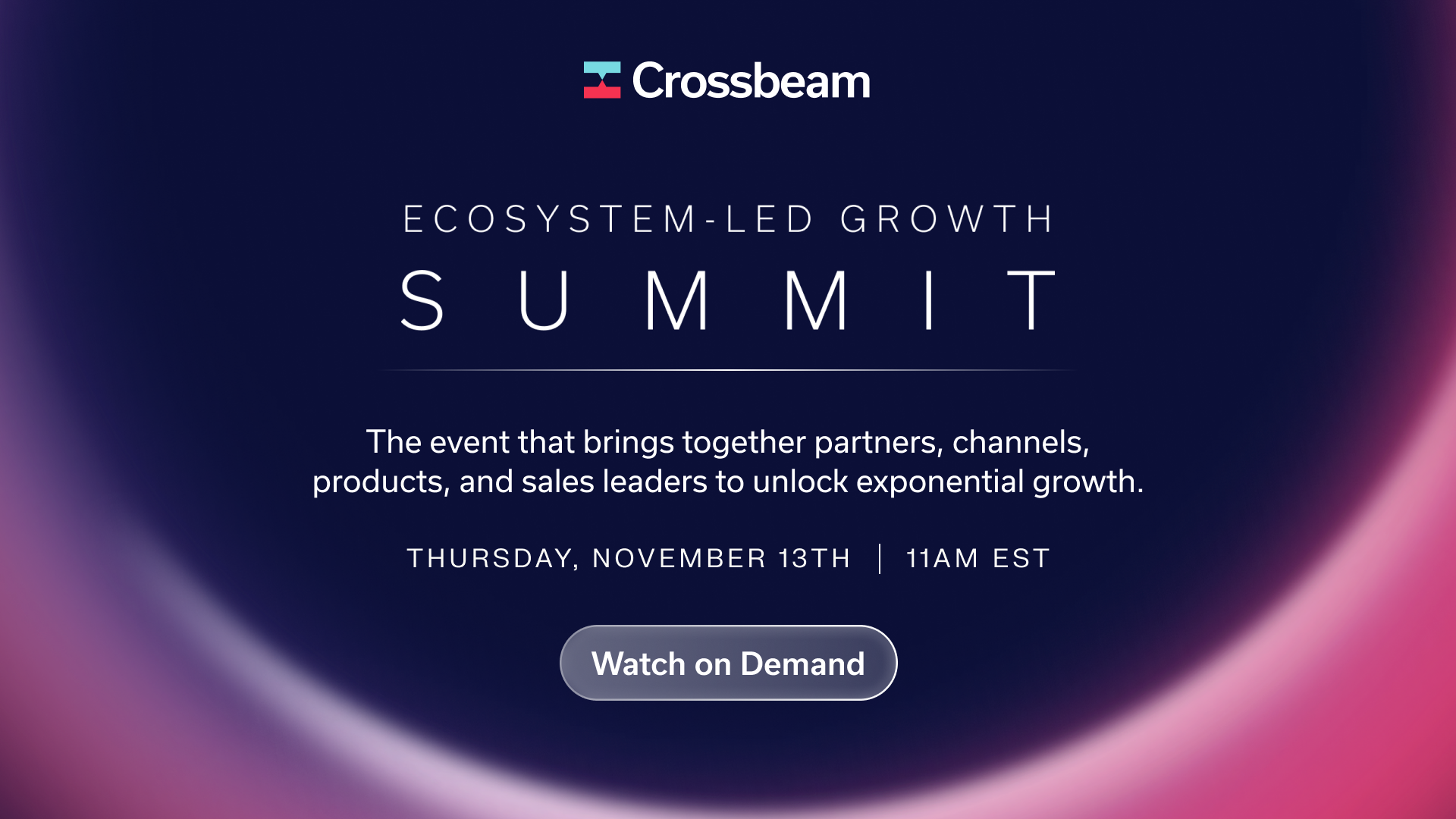

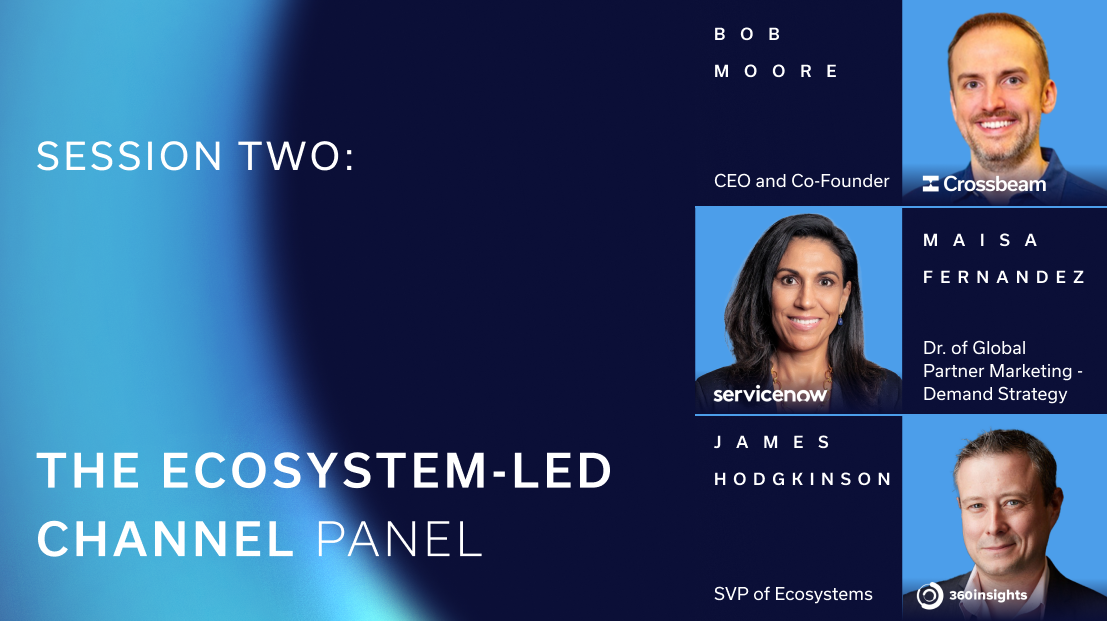



.png)
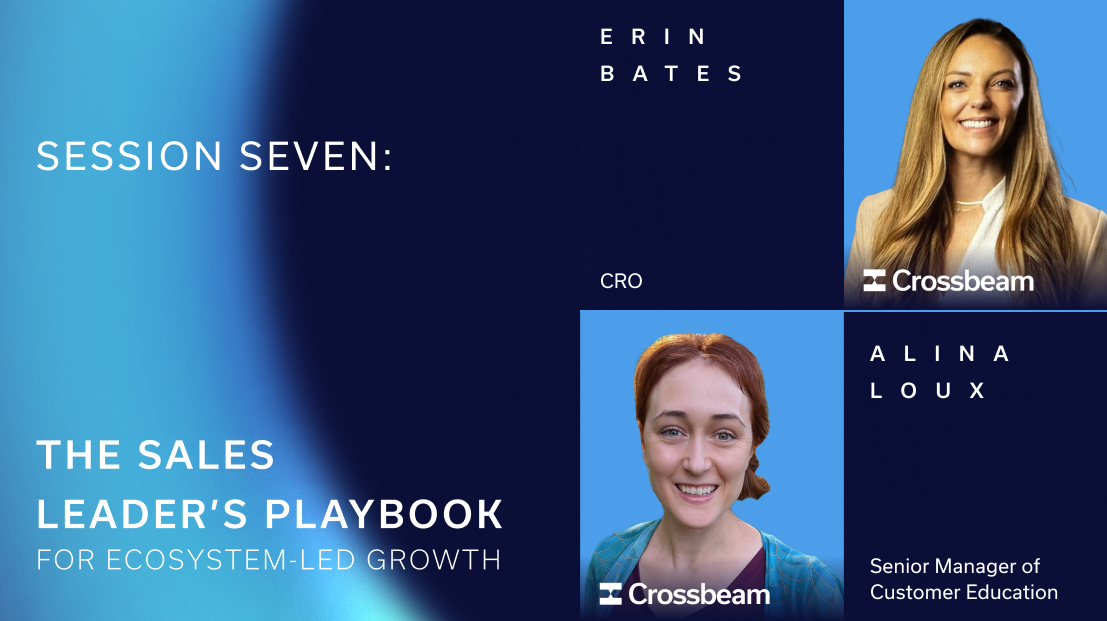











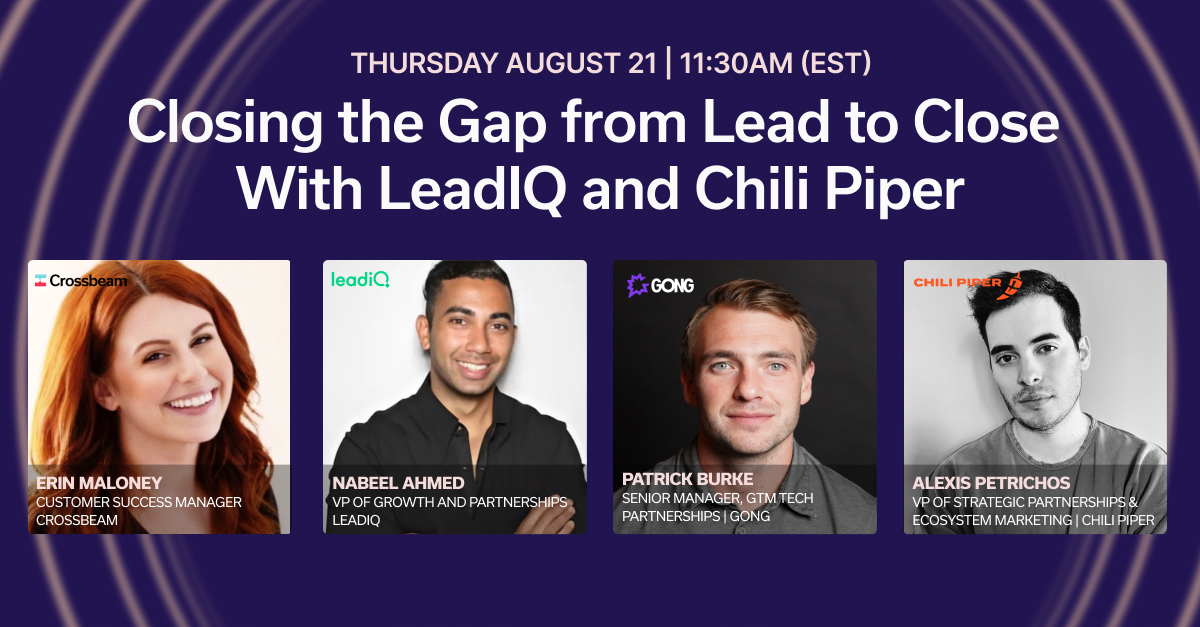

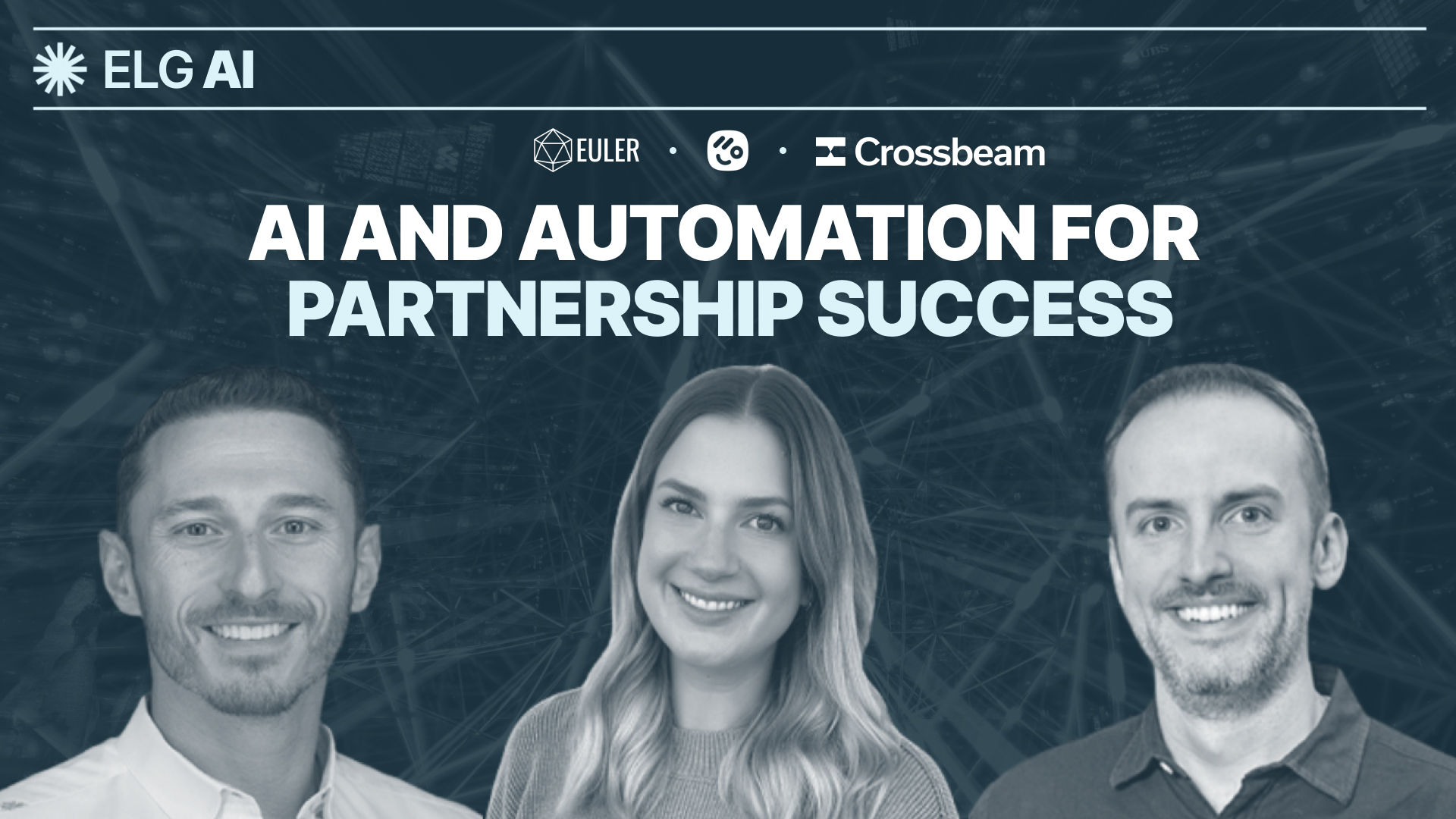
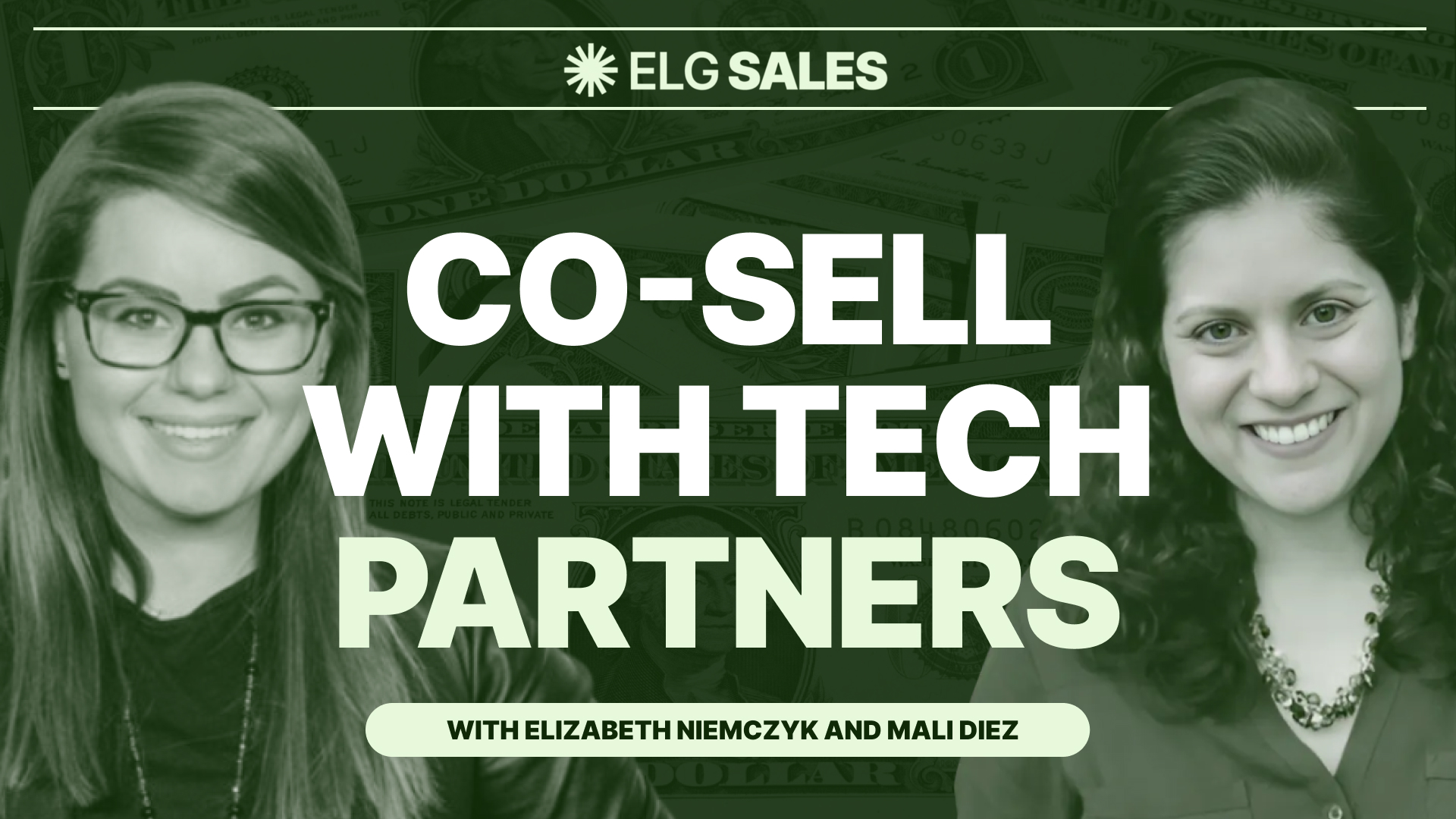
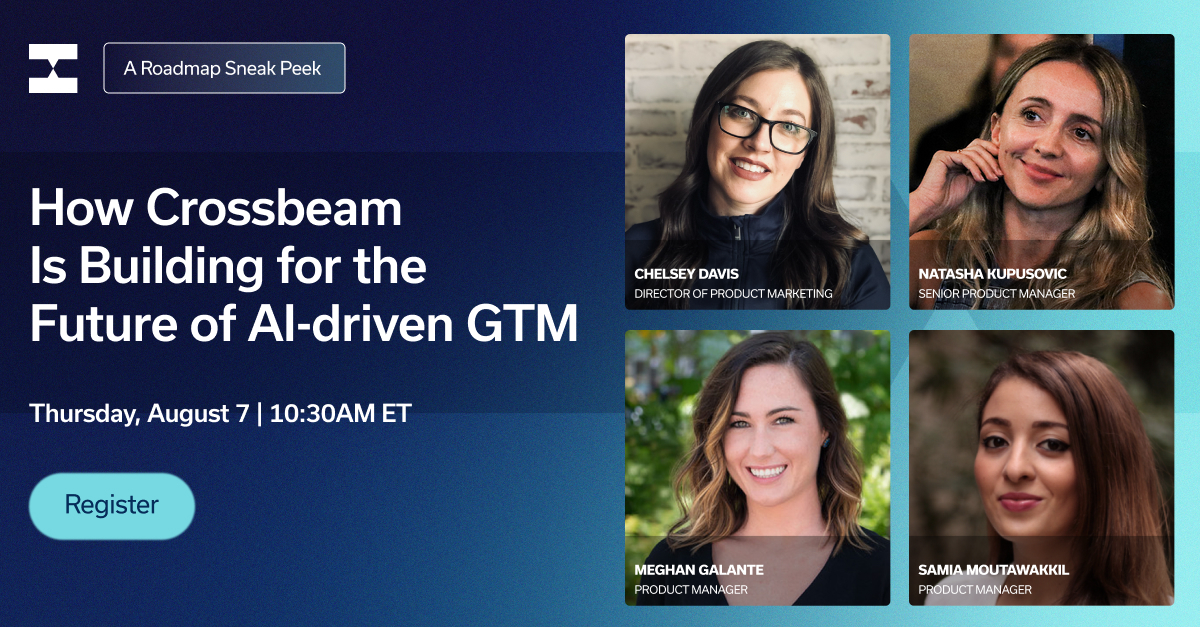
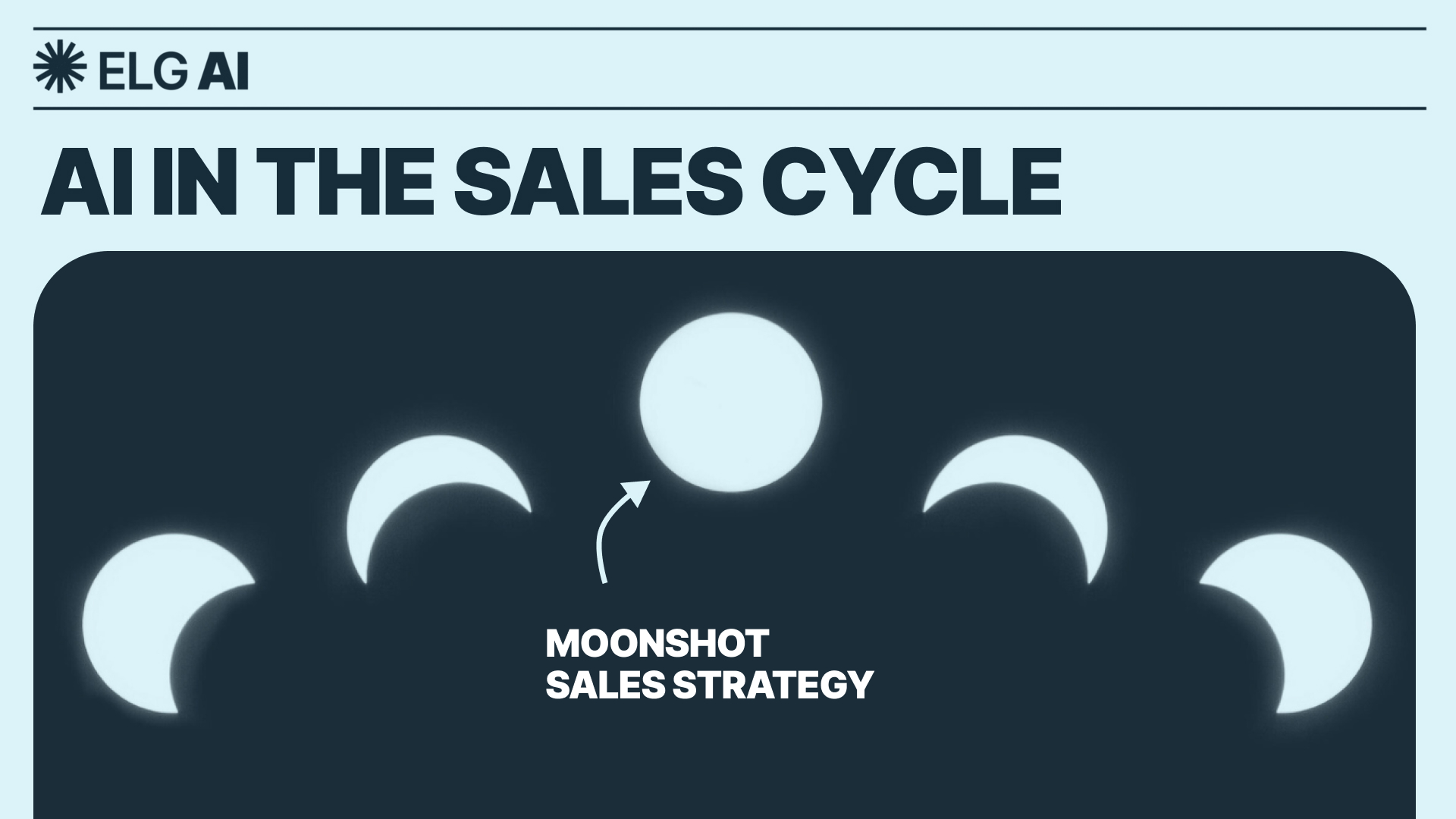










.jpg)




.png)



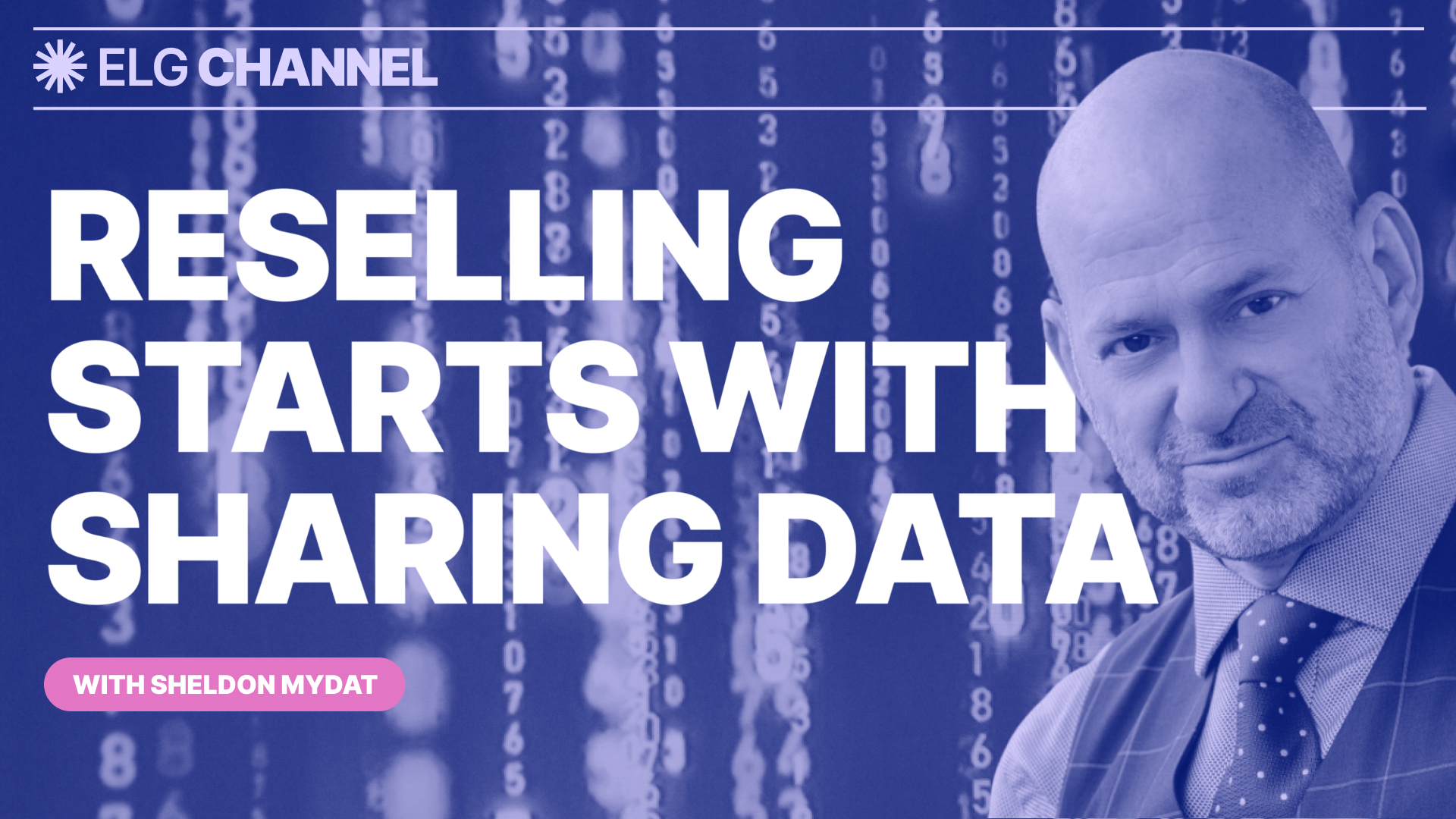


.jpg)





.jpg)

.webp)


















.webp)













